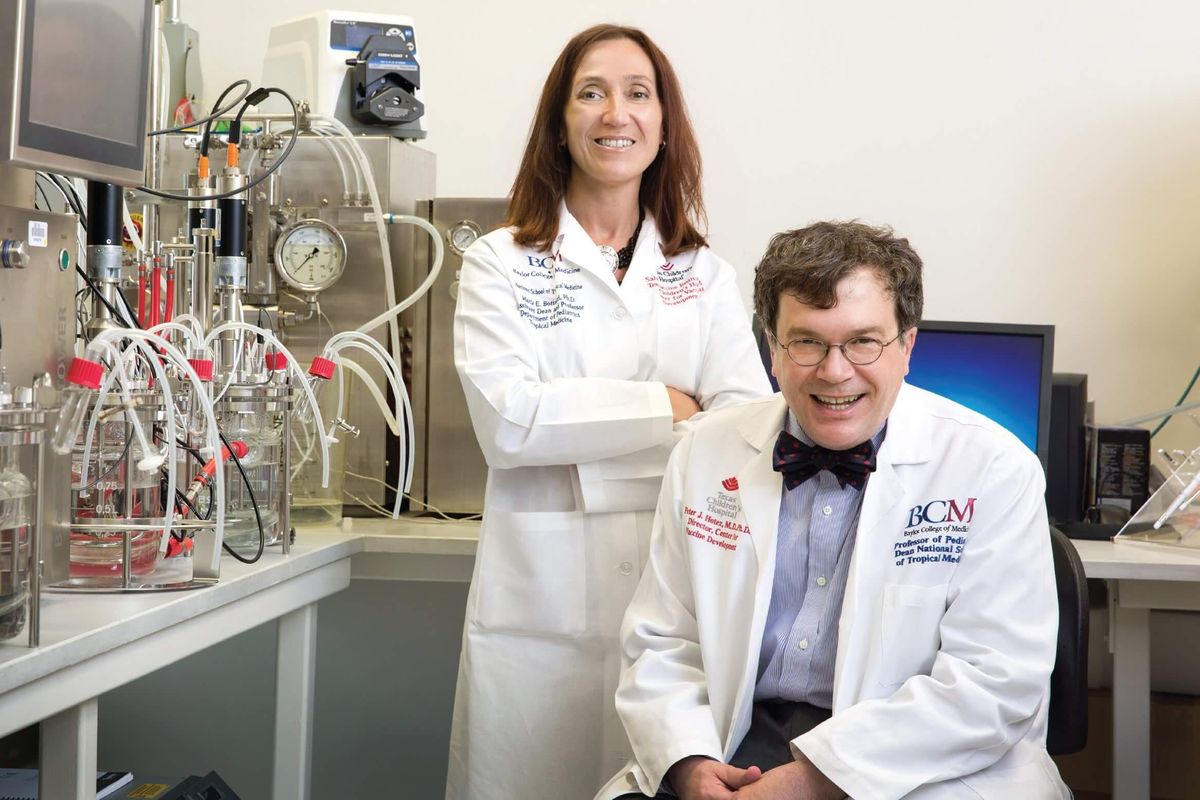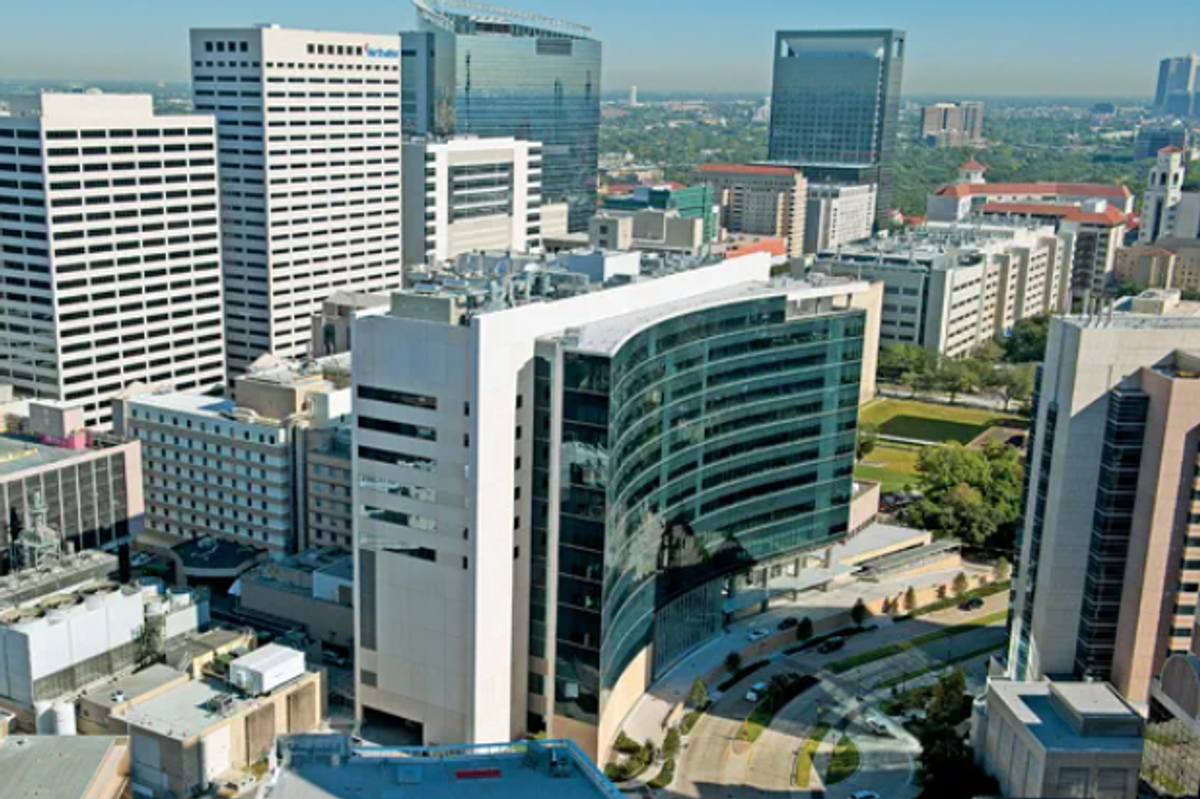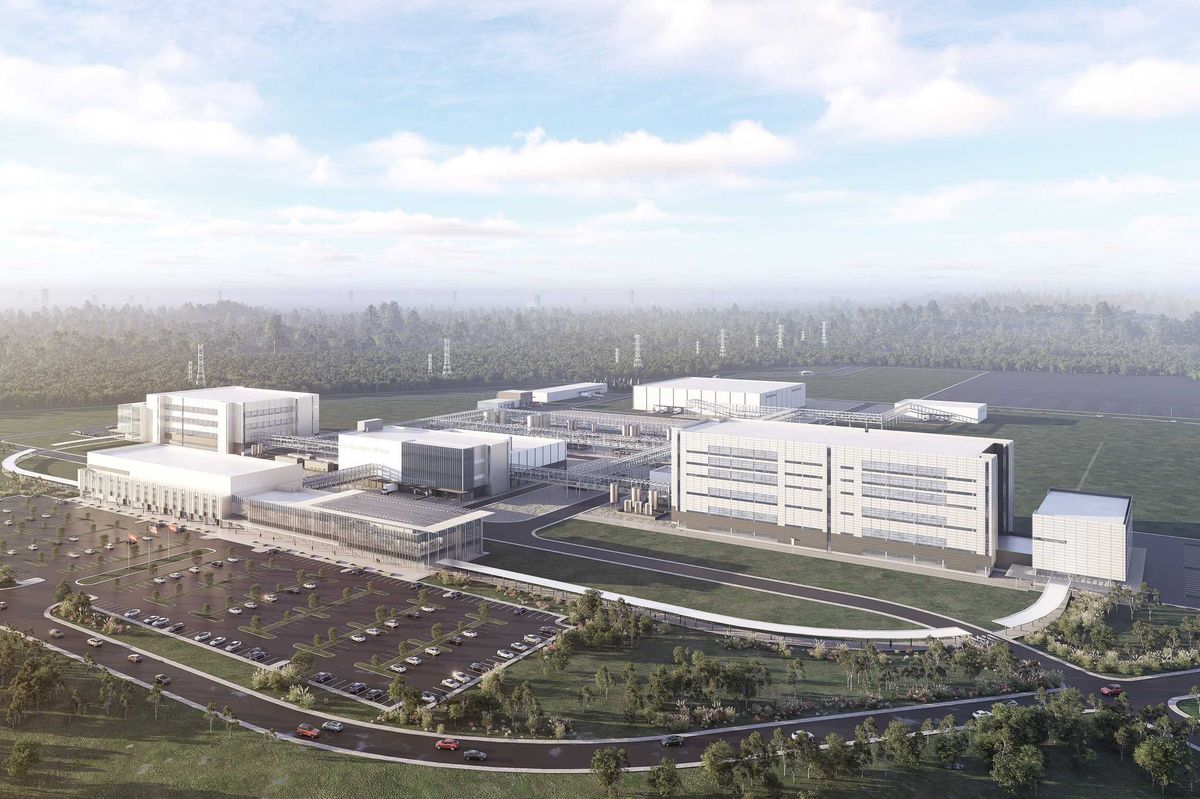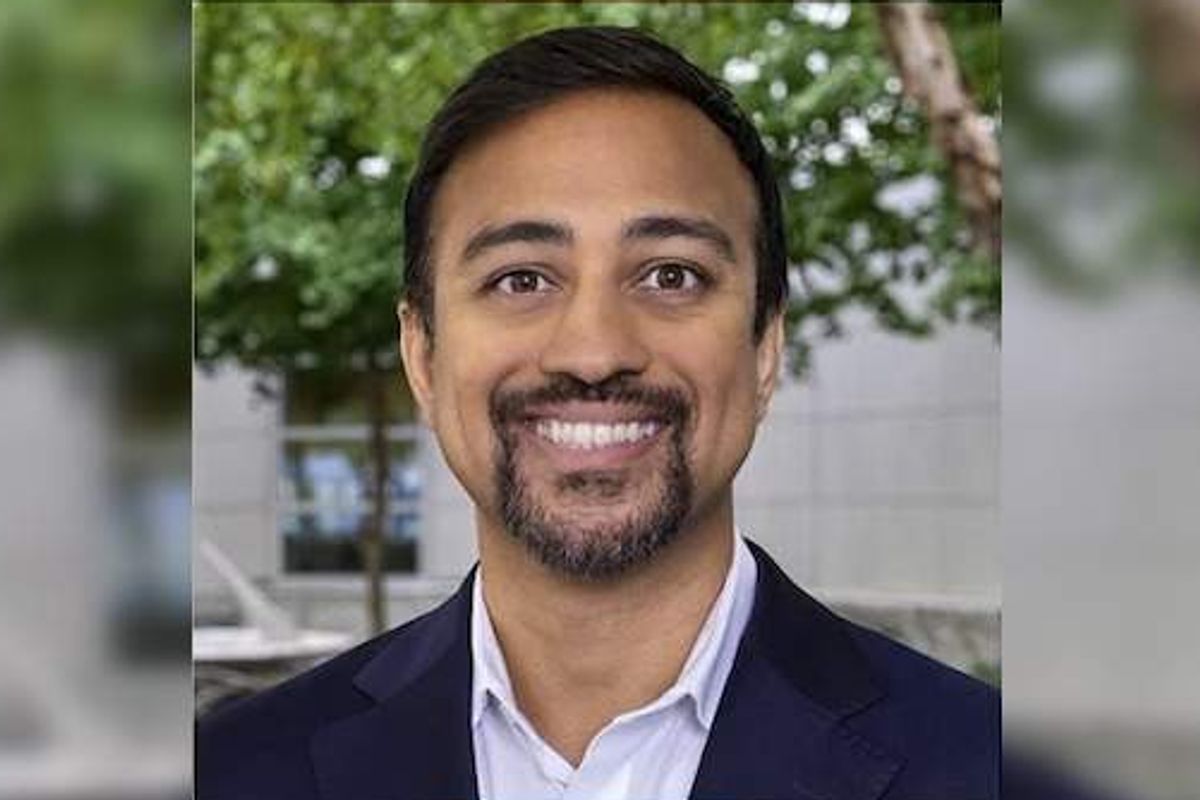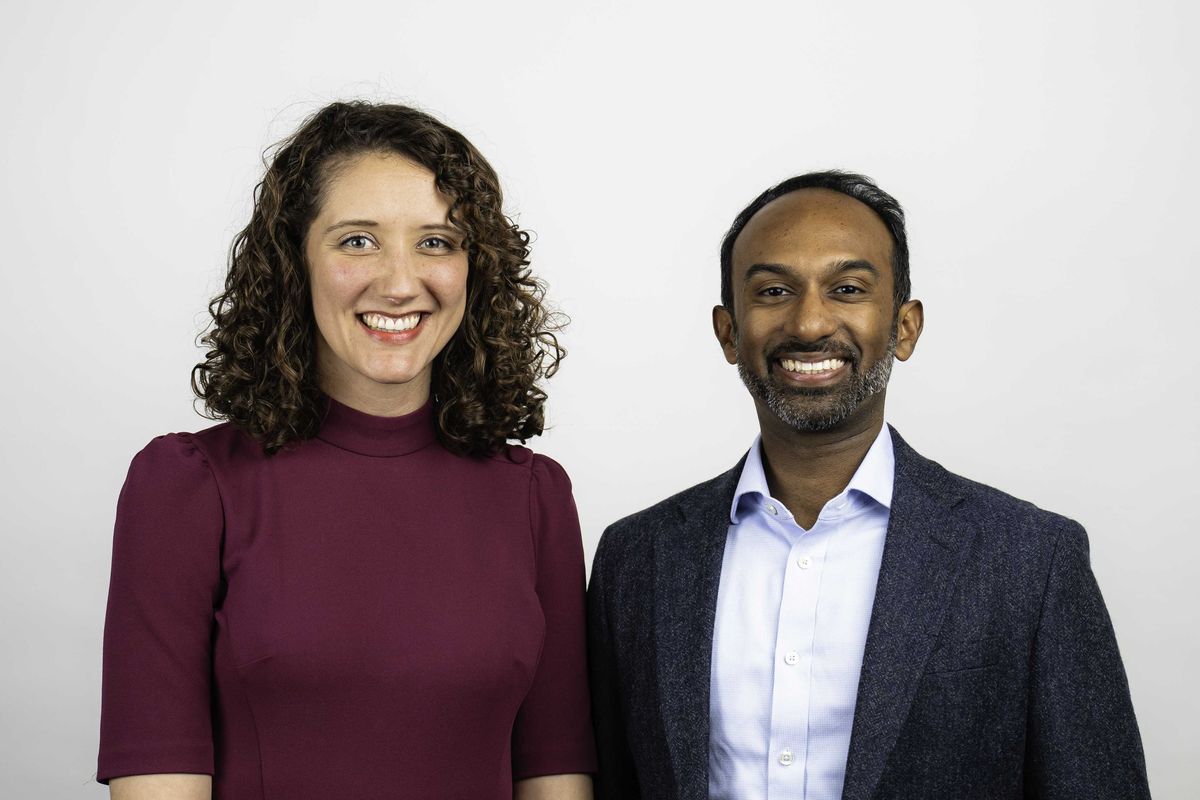University of Houston wraps up first cohort of program to turn innovators into entrepreneurs
fresh founders
A new accelerator at the University of Houston recently wrapped its first program for a cohort of five early-stage startups.
Known as the Innov8 Hub's Innovators to Founders Cohort, the accelerator is a founder-driven program in partnership with the UH Technology Bridge, the Innovation Center, and the Texas Gulf Coast Small Business Development Center (SBDC). Innov8 is designed to aid six to eight aspiring entrepreneurs bring their concepts to market and assist them in applying for Small Business Innovation Research (SBIR) and Small Business Technology Transfer (STTR) grants.
Founders recently showcased their work before potential partners and investors at the hub's first-ever Startup Pitch Day following the conclusion of the 12-week program.
“The goal of the programs is for the founders to launch new ventures and develop business plans they can use to raise money and attract C-suite level employees to join their team,” Tanu Chatterji, associate director of startup development at Tech Bridge and co-founder of Innov8 Hub, said in a statement. “These programs aren’t classroom-teacher driven so the founders have to commit to engage and spend the time necessary to reap the benefits.”

The inaugural cohort included:
Shoujun Xu, UForce Biotechnology: Xu is a chemistry professor at UH and has developed a new technique of super-resolution force spectroscopy, or SURFS, and plans to launch his company, UForce Biotechnology, in the future. He aims to use the SURFS technique to advance drug screening. His pitch at the Startup Pitch Day was named the best of the night, and Xu went home with $7,500 in legal services and one year of coworking space free of charge.
Easy Anyama, ODX Health: Anyama is a fourth-year student in the UH College of Optometry. His company, ODX Health, aims to improve "data harmonization, interoperability and integration in eyecare to reduce inefficiencies and enhance health outcomes," according to UH.
Jeremy Tee and Easy Anyama, Ringit: Anyama joined fellow fourth-year student in the UH College of Optometry Jeremy Tee in a second pitch, Ringit. The startup aims to provide a low-cost medication management solution for the visually impaired. It is developing an adaptive labeling system that helps the visually impaired identify their medication and dosages independently via intuitive, "touch-based features," according to UH.
Jan Beetge, AltiSora: Beetge has developed "Botox for wood." The product is made from high- sustainability raw materials that are non-hazardous and non-toxic. Potential applications include waterproofing of electronic equipment or electrical cables or connections in cables, such as cables used in marine applications, according to the company's website.
Jason Shi, Smart Planter Project: Shi is developing a "high-tech planter, a device that autonomously takes care of your plants and keeps them healthy while you’re gone," according to UH. He aims to soon test the product with customers.
The Innovators to Founders Cohort runs for three months each semester. Cohort members will devote three hours each week to the program.
The Innov8 Hub also offers an SBIR/STTR Support Cohort and a WKI Program for Student Entrepreneurial Support Cohort.
Last year, UH also named eight graduate students to its first-ever UH-Chevron Energy Graduate Fellows cohort.








